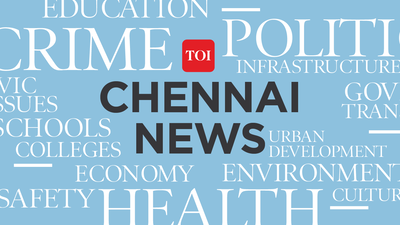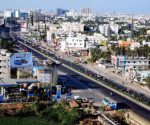A decade on, Perungudi, Semmanchery residents still face same problems | Chennai News – The Times of India

Chennai: A major portion of OMR, from Perungudi to Semmenchery, was brought under the Greater Chennai Corporation limits in 2011. More than a decade later, residents still have to put up with bad roads and a lack of stormwater drains.
“A huge section of OMR still relies on tankers for both water and sewage. It will take more than three years to get proper sewage and water pipeline connections. We have been demanding more pumping stations, but it’s simply not happening,” said S Swaminathan, a representative of Confederation of Sholinganallur Constituency Residents Welfare Association.
Land prices have skyrocketed, residents point out, but basic amenities are not provided. “Most roads are full of potholes. This shows the indifference of the civic body towards OMR residents. Flooding is common on the main and connecting roads as well,” said a resident of Perungudi, Girish K P.
As OMR continues to attract new developments, the need for immediate corrective action becomes crucial. Without swift intervention and stricter enforcement of infrastructure norms, this premium corridor risks becoming a cautionary tale of unplanned urban development. Urban experts say it’s time for a comprehensive overhaul of infrastructure implementation and monitoring mechanisms.
K P Subramanian, a former professor of urban engineering at Anna University, links the issues to poor planning. He highlighted that the Tamil Nadu Combined Development Regulations, 2019, and even earlier development control regulations, correlated Floor Space Index (FSI) only to road widths and failed to consider the carrying capacities of water supply pipes, sewers, and stormwater drains. “This is the root cause of the mismatch between infrastructure needs and availability,” he said.
Further, FSI along the IT corridor was increased by one and a half times in line with Tamil Nadu govt’s IT/ITES policy to drive IT growth. However, this policy change also created a significant imbalance. “Another important issue is the lack of a proper mechanism to check whether high-rise buildings comply with requirements for water supply, liquid waste disposal, and functioning rainwater harvesting systems. It is essential to establish a system for random, periodic post-construction inspections,” he added.
















